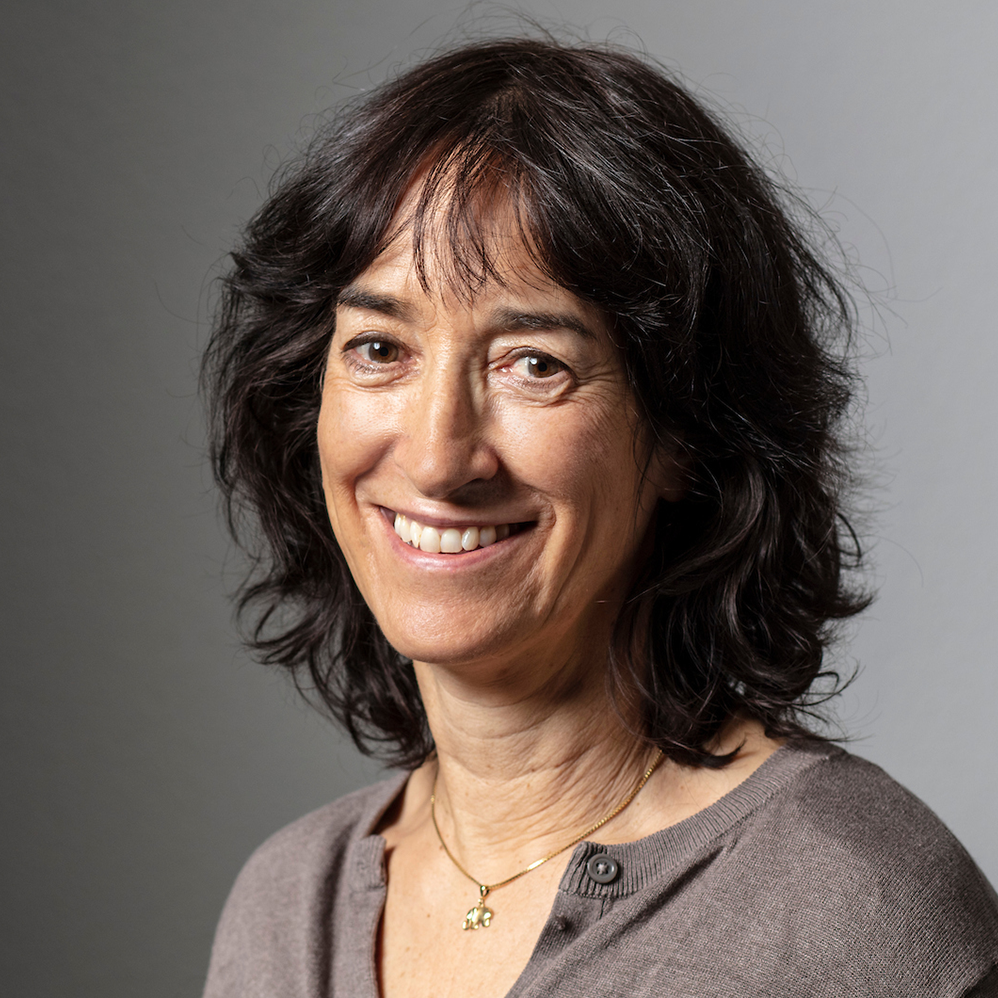
Locking horns in canton Valais

The Spanish may have their bullfights, but Swiss cows know how to lock horns as well - and that's no bull.
The cow-fighting season is underway in canton Valais, and spectators are flocking from near and far to watch the Sunday bouts.
The regional heats culminate in a grand finale with the winner crowned “queen”.
Every Sunday, from now until mid-May, breeders of the feisty Eringer breed will be bringing their cows to competitions, in the hope of winning one of the coveted winners’ bells suspended from hand-worked leather collars.
A feisty breed
Cow fighting is an ancient tradition in Switzerland. The first official fight was organised in 1923, but Eringers, prompted by their owners, have been battling it out on their mountain pastures for centuries.
The Swiss may be peace-loving, but their cattle can be fierce. These days Eringers, originating in Val d’Hérens, are bred specially for combat, rather than for their milk and meat.
The comparatively small-bodied, brown and black-coated animals with their curved white horns are robust and easy-going towards humans.
Like most other Swiss cows, they spend winter in their stalls in the lowlands and summer in the Alps.
Bloodless bouts
Eringers enjoy pitting their strength against fellow bovines but cannot be trained to fight.
Raoul Wyssen, president of the organising committee for the 2003 contests, says the most a breeder can do is to keep his animal in good shape.
“The rest is up to the cows – fighting is in their blood. They love it,” he says.
Breeders confirm that they feed their Eringers the same as all their other cattle.
Cows can enter the arena from the age of three. As they gain in weight, stature and experience, their fighting skills improve, up until retirement at the age of 11.
The Eringers may look a little like the animals used in Spanish bullfighting, but there the similarity ends.
Those who expect to see blood at a fight will be disappointed. The cows stamp their hooves, bellow, and dare their opponents to approach, before locking horns and testing their strength with a show of pushing and shoving.
But there are rarely any injuries. Cows that do not want to participate are allowed to leave the ring.
Judges and Rabatteures
The organisers appoint five jurors to preside over the various rounds. The jurors order cows that are scared off by their opponents, or who give up too easily, to be taken out of the arena.
The bravest and most aggressive score the most points and go through to the finals, which take place in the afternoon. The winners of the afternoon bouts go on to the regional final.
Inside the ring, five adjudicators or “rabatteures” armed with sticks bring the cows together for matches and drive away the losers.
Adrian Ittig, an adjudicator at one of the first meets in Raron, admitted that it could be a dangerous job as there was always a risk of being stampeded.
“I respect the animals but am not afraid of them,” he explained. Doctors and vets are posted around the arena, in case of any mishaps.
Crowd-puller
The regional bouts attract crowds of more than 4,000. Hospitality tents abound, but spectators often bring their own stools, blankets and picnics.
In Raron, spectators said that they enjoyed the fighting, but their main reason for coming was to meet up with friends and soak up the holiday atmosphere in a canton known for its sunny weather.
The breeders are less relaxed about the event and watch nervously from the sidelines as their cows either put up or are made to get out.
The final competition of the season to find the queen or overall winner is held in Aproz in May and regularly draws more than 10,000 spectators. It’s the highlight of the year for many Valais farmers.
To win is not just a feather in the cap; it is the pinnacle in a breeder’s career – an achievement that will earn them fame (and free drinks at the bar) throughout the canton.
It should also secure a bumper fee of SFr5,000 ($3,600) for every calf born to the queen.
swissinfo, Julie Hunt
Eringers are up to1.2m tall, and weigh up to 550kg – one of the smallest cattle breeds in Europe.
There are an estimated 8,000 Eringers in the Swiss herd.
They enjoy fighting fellow bovines but are not aggressive towards humans.
Most are bred for combat rather than for their meat or milk.
The Valais cow-fighting finals will be held in Aproz on May 11
The cow-fighting season is underway in canton Valais.
Spectators flock from near and far to watch the Sunday bouts in which feisty Eringer cows lock horns and push their opponents.
The regional heats culminate in a grand finale in Aproz, in which the “queen” – the best fighter in the canton – is chosen.

In compliance with the JTI standards
More: SWI swissinfo.ch certified by the Journalism Trust Initiative






























You can find an overview of ongoing debates with our journalists here . Please join us!
If you want to start a conversation about a topic raised in this article or want to report factual errors, email us at english@swissinfo.ch.